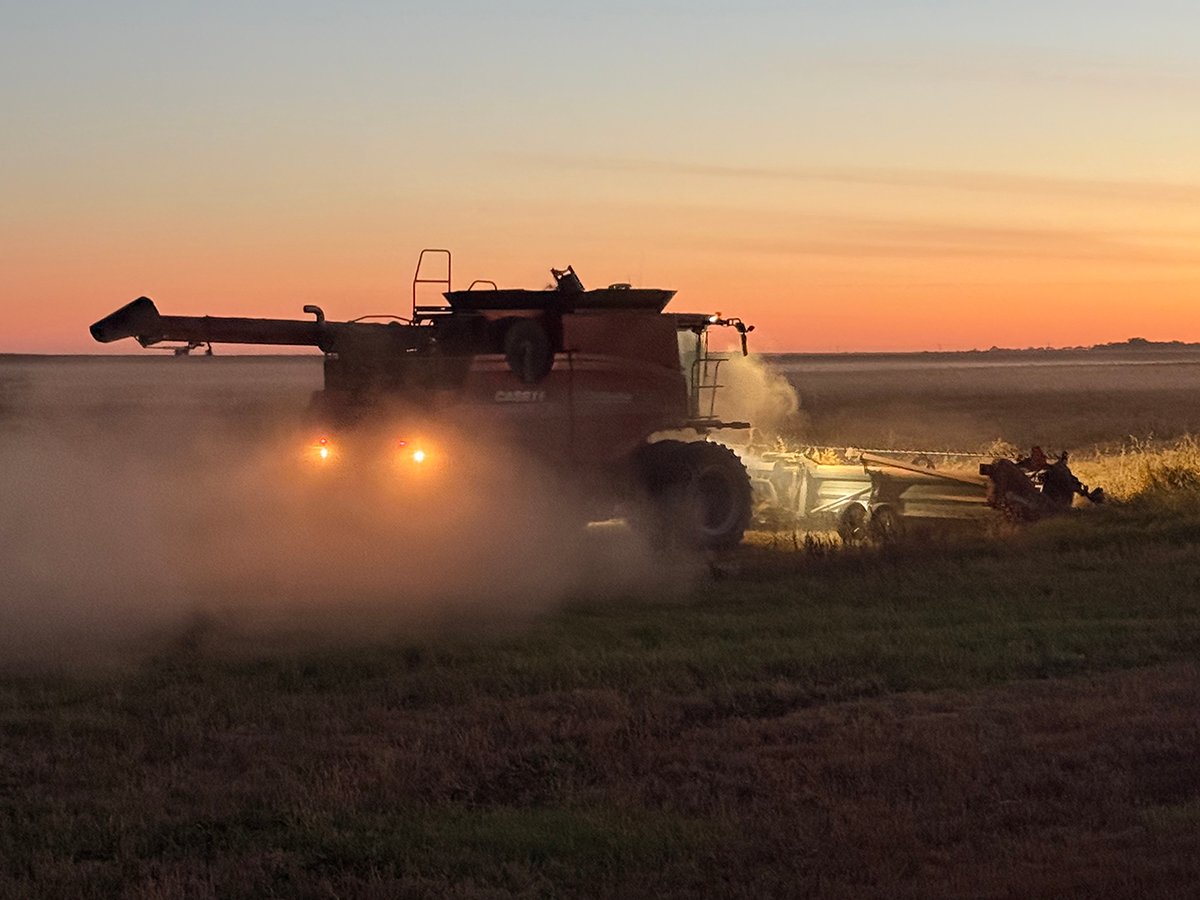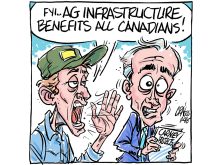THE federal government should act more quickly when the Canadian Wheat
Board recommends increases to initial payments for wheat, durum and
barley.
The board has regularly boosted the Pool Return Outlook this crop year
to reflect rising world grain prices due to production problems here,
in the United States and Australia. The PRO now forecasts that Canadian
wheat at port will fetch the highest price ever.
However, the initial payment, the money the farmer gets when delivering
Read Also

Downturn in grain farm economics threatens to be long term
We might look back at this fall as the turning point in grain farm economics — the point where making money became really difficult.
grain to the elevator, drifts far behind because of Ottawa’s lethargy.
The board can not raise initial prices. It can only recommend increases
to the federal government because the Canadian treasury guarantees the
payments. To manage the risk of an unexpected price retreat, Ottawa
usually sets the guarantee at about 75 percent of the PRO. But as of
Oct. 7, the guaranteed initial for wheat was only about 60 percent of
the PRO.
Raising that to 75 percent of the PRO would see the initial payment for
No. 1 CWRS 11.5 percent protein climb to $225 per tonne, a $50 per
tonne or $1.36 per bushel increase.
That’s a significant amount and the sooner farmers get it, the better
in this year when cash flow is a problem for many producers facing
severely reduced yields.
There is no reason for Ottawa to fret or delay. The PRO clearly
reflects the reality of the world market, which will be short of
quality grain until next summer at least.
The initial should be increased now and Ottawa must act promptly on
future wheat board recommendations regarding the initial.
This is not a handout. It is what farmers want most, money from the
marketplace.
While Ottawa dawdles, some flour mills, bread makers and retailers are
wasting no time in increasing the price of their products.
They say the drought has increased the cost of grain and they are
simply passing that cost to consumers.
But the Agricultural Producers Association of Saskatchewan did some
calculating that shows the drought should have only a modest impact.
Despite the worst harvest since 1970, Prairie farmers’ return from a
bushel of wheat has climbed by only about 30 percent over last year.
That increases the cost of a loaf of bread a mere three cents, pushing
the farmer’s return to 11 cents from eight last year, according to APAS.
And yet some bakers say they have seen flour prices increase by $10 a
bag in recent weeks.
There is a disconnect here. Perhaps the real reason for the price
increase lies in other links of the processing chain, such as energy,
labour, transportation and processor and retailer profits.
Farmers get a small share of the consumer dollar, but that part is
important to them and payment should not be delayed by Ottawa.
















